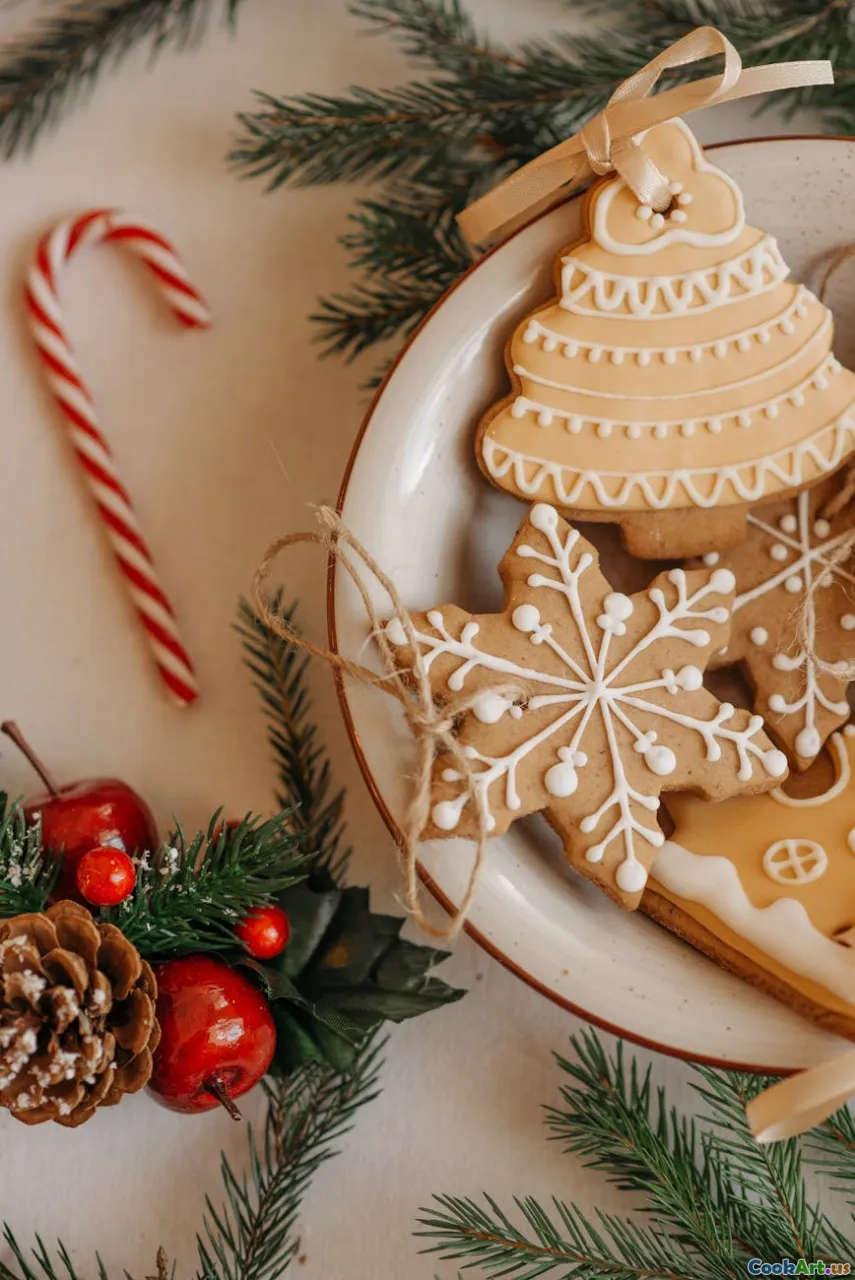Holiday Baking Traditions
6 min read Explore the rich tapestry of holiday baking traditions that unite cultures and create cherished memories around the world. April 13, 2025 15:45
Holiday Baking Traditions
As the year comes to a close, the air becomes filled with the warmth of spices, the sweetness of confections, and the nostalgia of cherished memories. Holiday baking is more than just a culinary activity; it’s a tradition that binds families and communities together, transcending borders and cultures. In this article, we delve into the rich tapestry of holiday baking traditions from around the world, exploring the stories and techniques that make each pastry, bread, and cookie special.
The Essence of Holiday Baking
Baking during the holidays often evokes a sense of comfort and joy. From the smell of freshly baked goods wafting through the house to the gathering of loved ones around the kitchen, these practices create lasting memories. Each culture has its unique spin on holiday baking, reflecting local ingredients, historical influences, and communal values.
Global Perspectives on Holiday Baking
1. Germany: Stollen and Lebkuchen
In Germany, the festive season is marked by the rich flavors of Stollen, a fruit-studded bread that symbolizes Christ’s birth. Traditionally baked weeks in advance, it develops its flavors over time, often dusted with powdered sugar before serving. Another beloved treat is Lebkuchen, akin to gingerbread, which varies from region to region, featuring spices like cinnamon, cloves, and nutmeg, and often adorned with icing or chocolate.
2. Mexico: Pan de Muerto and Rosca de Reyes
Mexico celebrates the Day of the Dead with Pan de Muerto, a sweet bread shaped like bones, symbolizing the cycle of life and death. During Epiphany, families share Rosca de Reyes, a circular bread topped with candied fruits, symbolizing the search for the Christ child. Inside the Rosca, a small figurine is hidden, and the person who finds it is responsible for providing tamales on Candlemas.
3. Italy: Panettone and Pandoro
In Italy, Panettone reigns supreme during the holidays. This tall, dome-shaped bread is studded with candied fruits and raisins, and its preparation involves a lengthy fermentation process that results in a light and airy texture. Pandoro, on the other hand, is a star-shaped cake dusted with powdered sugar, showcasing simplicity and elegance in holiday baking.
4. United States: Cookies and Pies
In the U.S., holiday baking often revolves around cookies—think gingerbread men, sugar cookies, and snickerdoodles. Each family may have its own unique recipes passed down through generations. Pies, especially pumpkin and pecan, form the centerpiece for many holiday dinners, with recipes often rooted in regional traditions.
5. Sweden: Lussekatter and Kanelbullar
Sweden’s festive baking includes Lussekatter, saffron-infused buns shaped like curled cats, traditionally enjoyed during St. Lucia’s Day. Kanelbullar, or cinnamon buns, are also popular and symbolize warmth and comfort, often enjoyed with coffee during the long winter months.
Techniques That Stand the Test of Time
While the ingredients and shapes may differ, many holiday baking traditions share common techniques. Here are a few that are notable:
- Fermentation: As seen in Panettone and Stollen, letting dough ferment enhances flavors and textures.
- Decorative Techniques: Many cultures emphasize the visual appeal of their baked goods, using glazes, icing, and decorative shapes.
- Family Involvement: Holiday baking is often a communal activity, with families gathering to mix, roll, and shape dough, fostering bonding and creating memories.
The Significance of Ingredients
The ingredients used in holiday baking often carry symbolic meanings. For instance, spices like cinnamon and nutmeg are associated with warmth and comfort, while fruits and nuts signify abundance and prosperity. Local ingredients also reflect the cultural identity and agricultural heritage of a region, making each holiday treat a representation of its origin.
Conclusion
Holiday baking traditions are a powerful way to connect with our heritage and create new memories. As we gather around the oven and the table, we partake in a global celebration of flavors, techniques, and stories that enrich our lives. So, whether you’re baking a classic Stollen, a batch of gingerbread cookies, or experimenting with new recipes, remember that each bite carries a piece of history and a sprinkle of love. Happy baking and enjoy the festivities!









